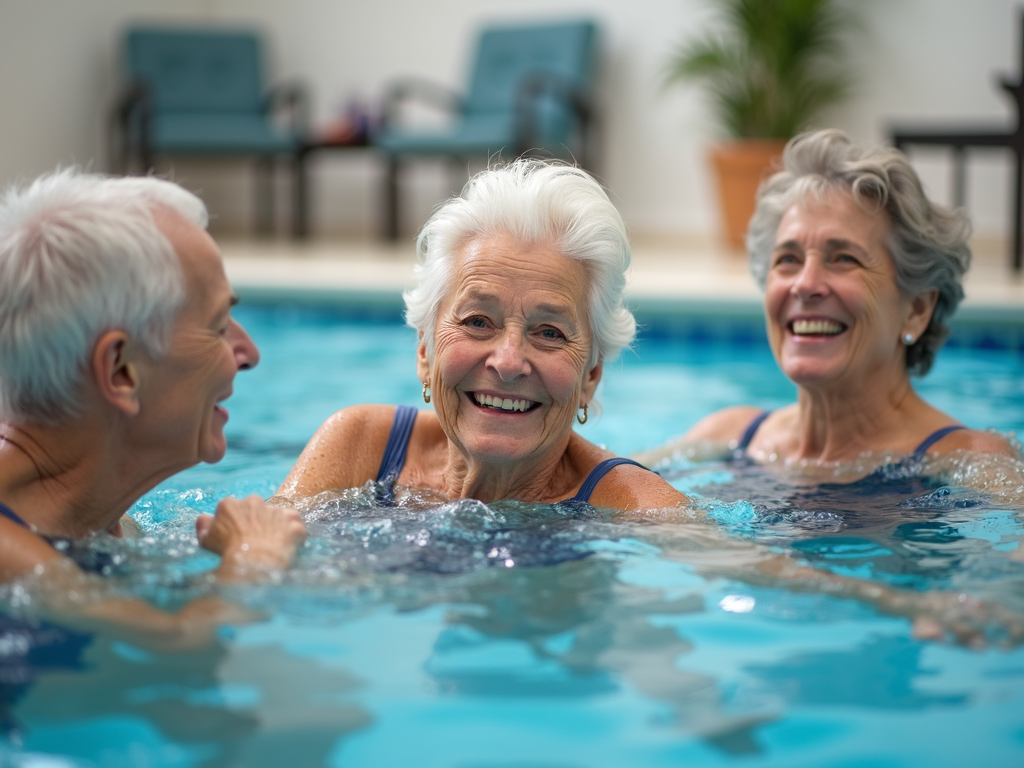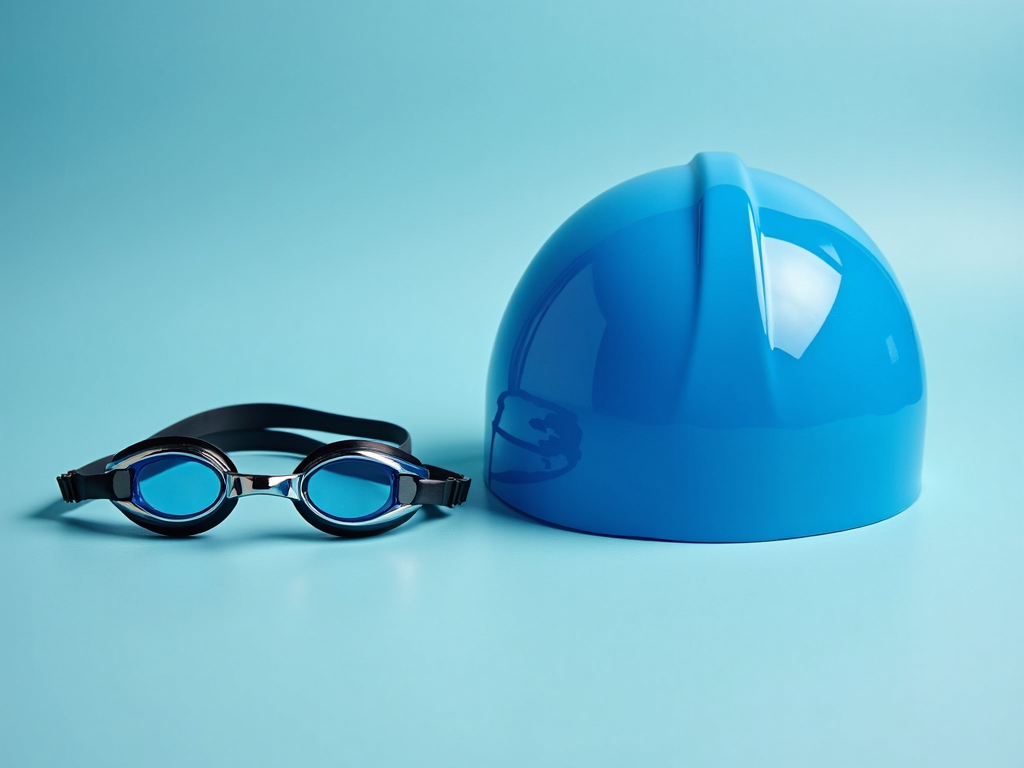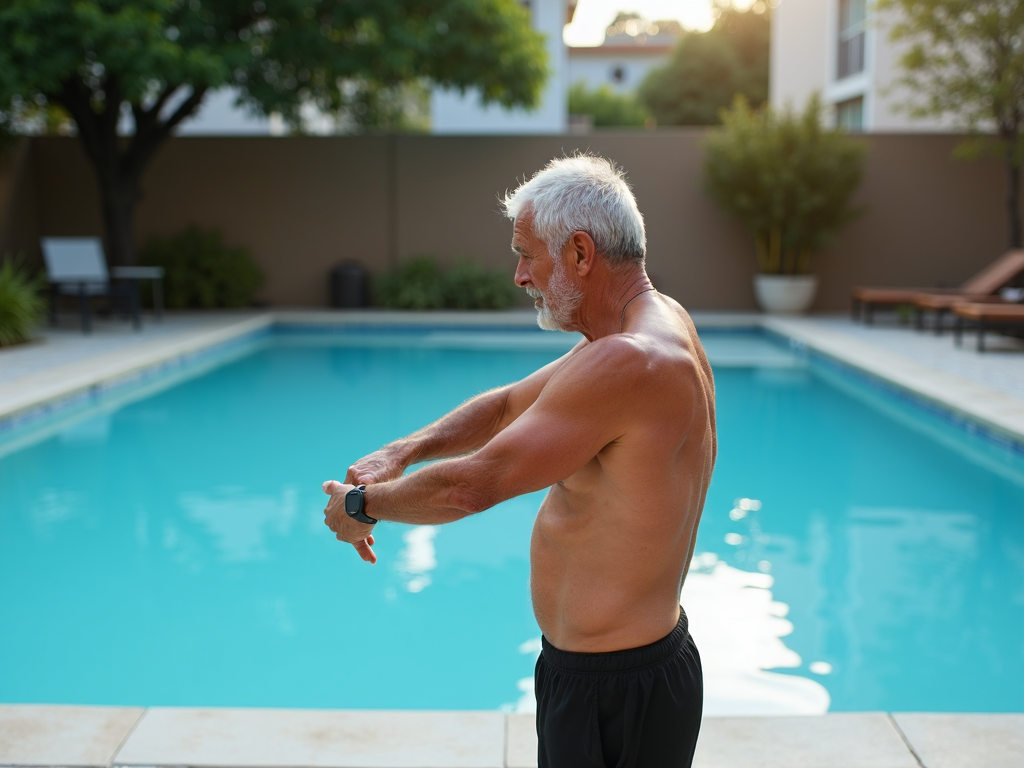Swimming is a fantastic way for older adults to stay active and healthy. It's low-impact, easy on the joints, and can be a lot of fun. In this article, we'll share some tips and advice for older adults who want to start swimming or improve their swimming skills.

Benefits of Swimming for Older Adults
Swimming is one of the best low-impact cardio workouts for seniors. It offers a full-body workout that is gentle on the joints while providing numerous health benefits. Here are some reasons why swimming is ideal for older adults:
- Cardiovascular Health: Swimming helps improve heart health by increasing circulation and lowering blood pressure.
- Weight Management: It burns calories effectively, aiding in weight control.
- Joint-Friendly: The buoyancy of water reduces stress on joints, making it perfect for those with arthritis or joint pain.
- Flexibility and Balance: Swimming enhances flexibility and balance, which are crucial for preventing falls.
- Mental Well-being: The rhythmic nature of swimming can reduce stress and improve mood.
According to the American Heart Association, swimming is an excellent aerobic exercise for older adults because it works the heart and lungs while being easy on the body.

Safety Tips for Swimming
Safety is paramount when starting any new exercise, especially for older adults. Here are some essential safety tips:
- Warm Up: Always start with a gentle warm-up to prepare your muscles and joints.
- Stay Hydrated: Even though you're in water, it's important to drink water before and after swimming.
- Listen to Your Body: If you feel tired or experience pain, take a break.
- Swim with a Buddy: Whenever possible, swim with a friend or in a supervised area.
- Use Proper Gear: Wear goggles and a swim cap to protect your eyes and hair.

How to Get Started with Swimming
If you're new to swimming or returning after a long break, here are some tips to help you get started:
- Start Slow: Begin with short sessions, such as 10-15 minutes, and gradually increase the duration.
- Join a Class: Look for swimming classes or groups specifically designed for older adults. These can provide a supportive and social environment.
- Focus on Technique: Proper technique is key to avoiding injury and getting the most out of your workout. Consider taking a few lessons to learn the basics.
- Set Realistic Goals: Set achievable goals, such as swimming a certain number of laps or improving your stroke.
For more information on fitness programs tailored for older adults, check out our article on Fitness Programs for Seniors.

Personal Insights and Experiences
I remember when my grandmother started swimming at the age of 70. She was hesitant at first, but with the encouragement of her friends and a patient instructor, she soon found joy in the water. Swimming not only improved her physical health but also gave her a sense of accomplishment and a new social circle. Her story is a testament to how swimming can be a transformative experience for older adults.
Summary
Swimming is an excellent cardio workout for older adults, offering numerous health benefits while being gentle on the body. By following the safety tips and starting slowly, you can enjoy the many advantages of this low-impact exercise. Whether you're looking to improve your fitness, manage your weight, or simply have fun, swimming is a great choice.
Discuss Here